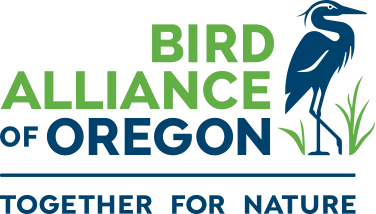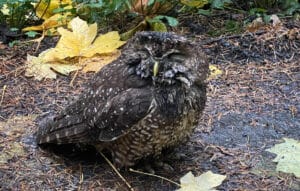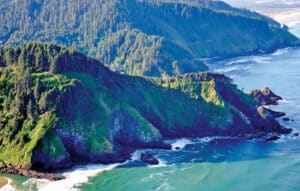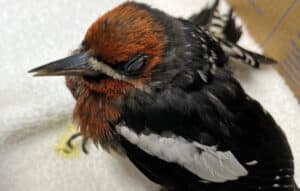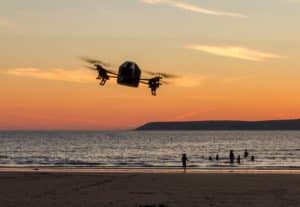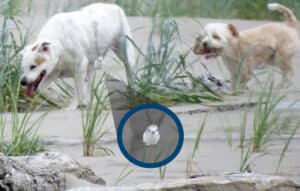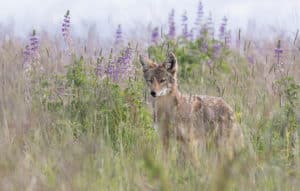Northern Spotted Owl Found on Mt. Tabor Died Due to Rodent Poison
After testing performed by the Oregon Department of Fish and Wildlife, we now know that the Northern Spotted Owl found on Mt. Tabor died due to secondary rodenticide poisoning.
Read Post